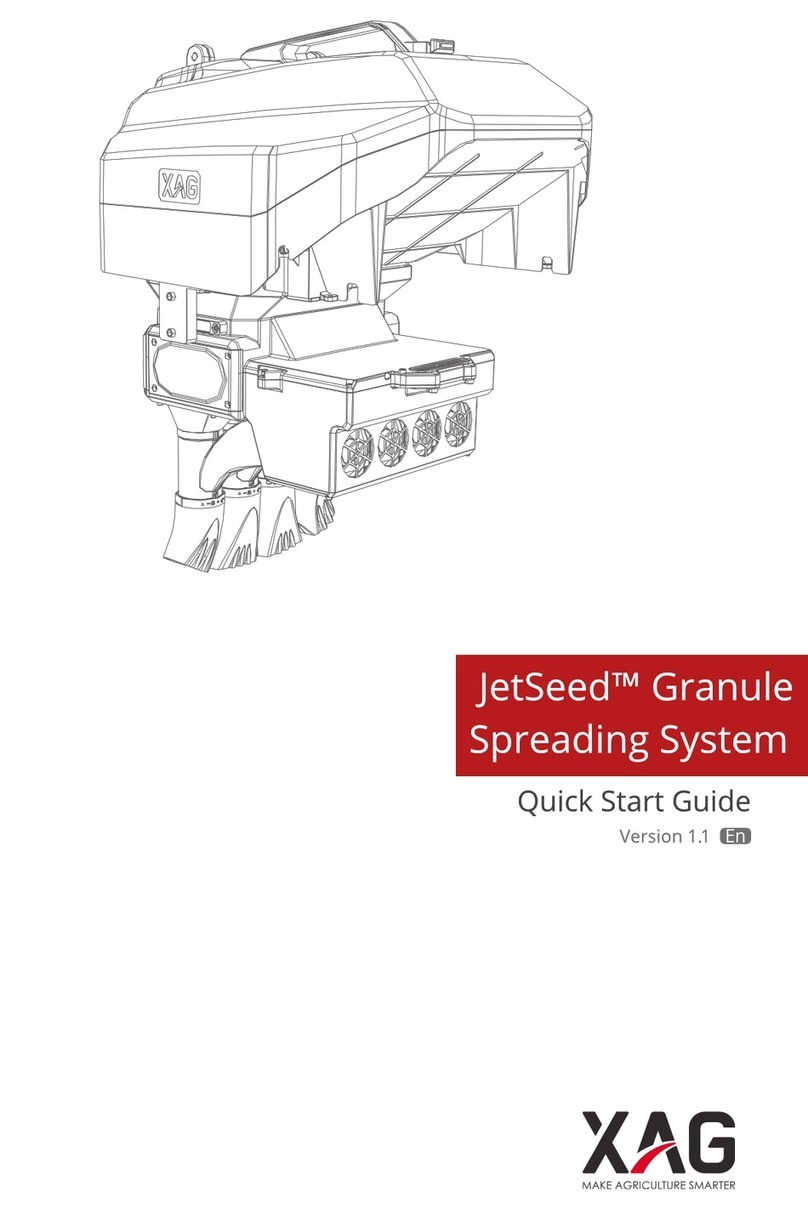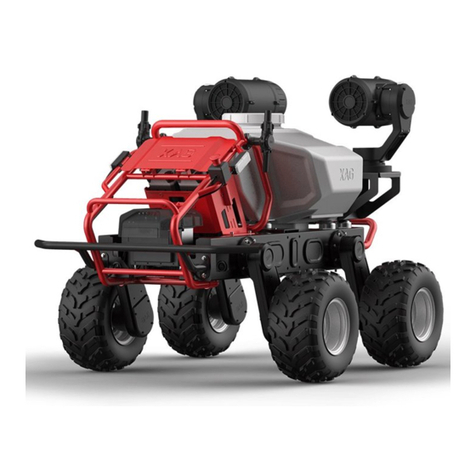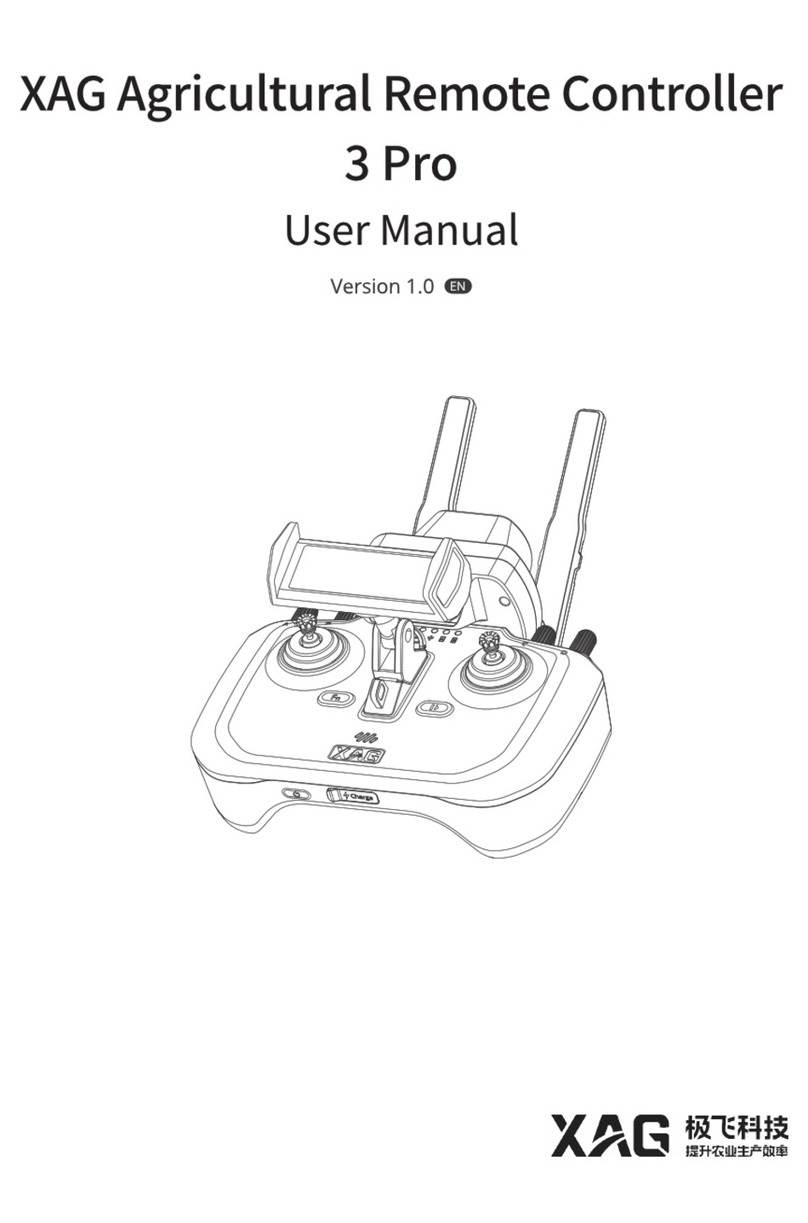
8
SliderBuckle
Feeder
Arms installation
4. Dismantle the fixed sliders of No.1 and
No.2 arm
Dismantle screws (4 screws on 2 sliders) on
limiting stopper of No.2 arm top sliders; and,
then pull out the sliders.
5. Install No.1 and No.2 arm
Insert the No.2 short arm from designated
position of airframe plate, and then install the
top slider back to its original position to complete
assembling of No.2 arm. (The dismantling/
installation of No.1 arm is the same as that of
No.2 arm)
6. Dismantle the fixed slider of No.3 and
No.4 arm
Dismantle screws (4 screws on 2 sliders) on
limiting stopper of No.3 arm top sliders; and,
then pull out the sliders and remove carbon
framed fasteners (2 screws on 1 fastener) of side
arms.
7. Install No.3 and No.4 arm
Insert RTK feeder and 2.4/5.8GHz feeder into
the No.3 short arm first, insert the arm from
designated position of the airframe plate, and
then install top slider and arm fasteners back to
their original position to complete assembling of
No.3 short arm.































